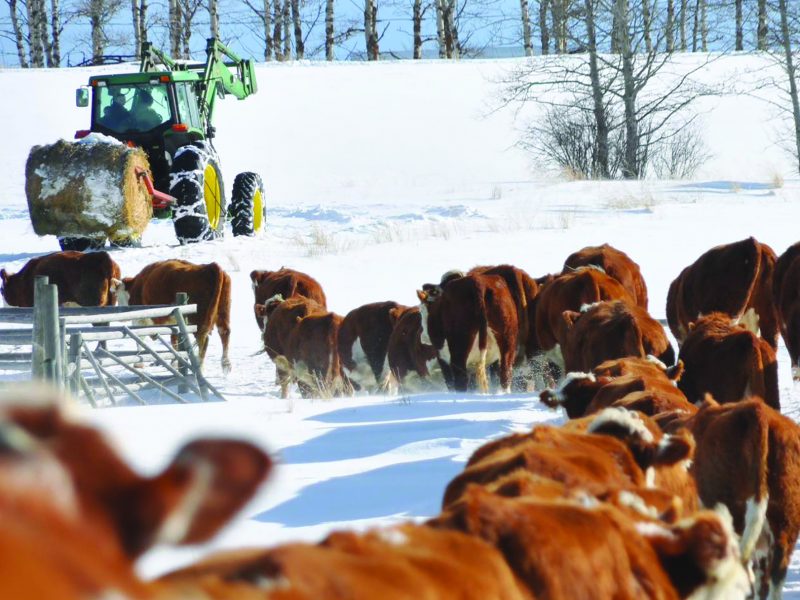KAMLOOPS – Two years of high cattle prices and low moisture have triggered a dramatic drop in BC’s cattle herd, but the bottom is in sight.
The latest data from Statistics Canada indicates a 4% drop in Western Canada’s beef herd since 2022, not far off the national decline of 3%.
But within BC, the decline on beef operations as of July 1 was double the national average at 6%.
“We’ve seen a 200,000-head drop across the country here in the past two to three years, and that’s indicative of what we’ve seen for drought,” says Kevin Boon, general manager, BC Cattlemen’s Association. “We have to adjust according to our feed supplies and our ability to keep them.”
BC reported a total beef herd at July 1 this year of 447,800, down from 474,800 in 2022 and 507,300 in 2019.
The declines reflect massive sell-offs last year as drought squeezed forage supplies, with many auction rings seeing record numbers of animals move through.
Despite the large volumes, prices reached new records, too, as a rebound in consumer demand following the pandemic taxed supplies.
Those high prices were hard to resist for producers who lacked feed, but also made it hard for ranchers to afford to rebuild their herds.
“When you can get the price you can, it’s hard to keep the cattle from the sale barn,” Boon says. “It hasn’t been a quick rebound like we’ve seen sometimes because the price of cattle has been high.”
Moreover, drought continues to keep forage supplies in check in the Cariboo and Peace regions. This winter’s moisture will dictate whether or not ranchers start to rebuild their herds in 2025 or wait.
Boon himself is optimistic.
“The predictions are that we’ll see the prices top out in the next two to three years,” he says. “That’s when we’ll likely see the regrowth and the retention of heifers.”


 Experts provide drought management tips
Experts provide drought management tips